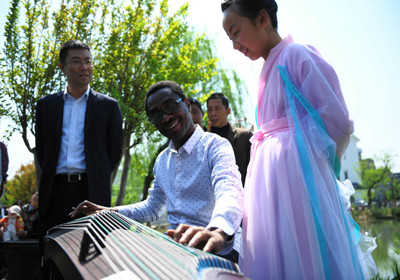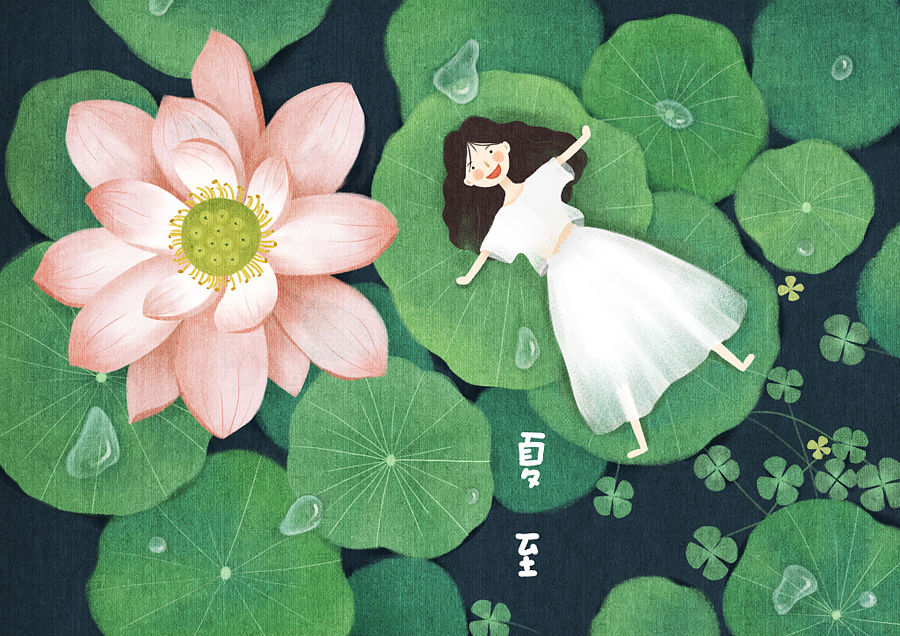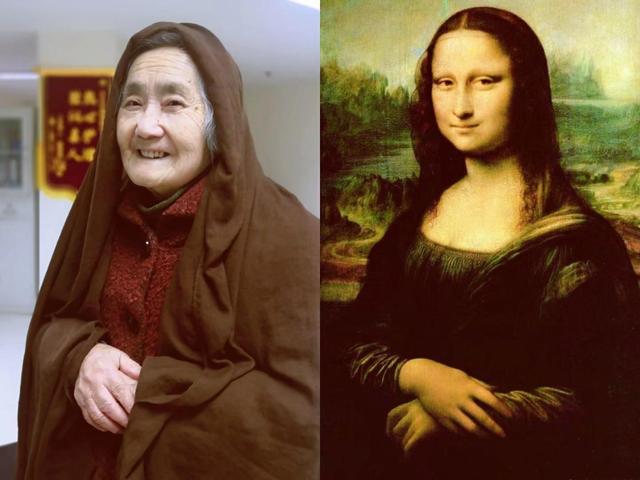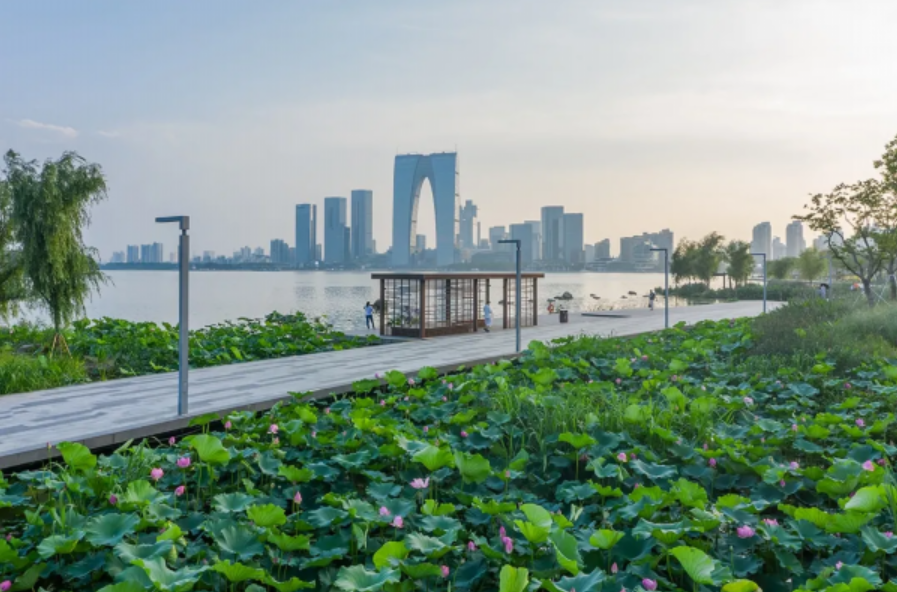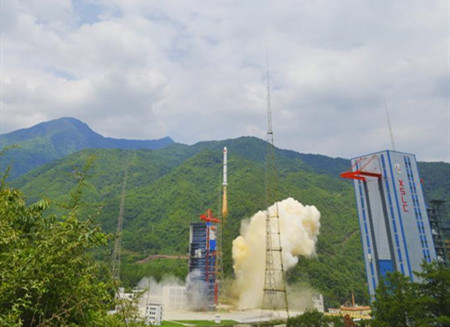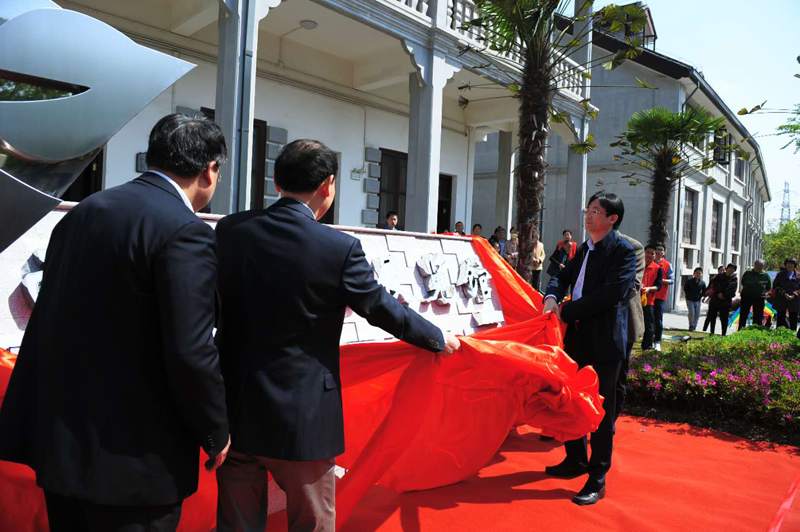
Unveiling of the Jiangnan Sericulture Museum on April 15 [Photo by Xiao Da/chinadaily.com.cn]
On the bright Sunday of April 15, a group of expats living, working or studying in Wuxi spent a day engaging in the local Sanyuesan celebrations and updating their impressions of Wuxi.
Sanyuesan, which in Chinese refers to the third day of the third lunar month, is one of the country's most famous folk festivals and is usually observed through a series of celebrations.
This year's celebrations featured foreign guests taking nickel tours around a local sericulture museum, enjoying various interactive cultural activities, and tasting specialties in Jiangnan, an area south of the lower reaches of the Yangtze River.
The sericulture museum, known as the Jiangnan Sericulture Museam, was the expats' first stop. It was renovated from the former Xizhang Silkworm Farm and now records the history of local sericulture and preserves traditional silkworm-raising techniques.
Foreigners were shown around the museum, where they enjoyed an exhibition of pictures, books and silk products demonstrating the development of local sericulture. They also experienced the traditional methods of raising silkworms. A machine that helps reel off raw silk from cocoons aroused the expats' interest and earned their praises.
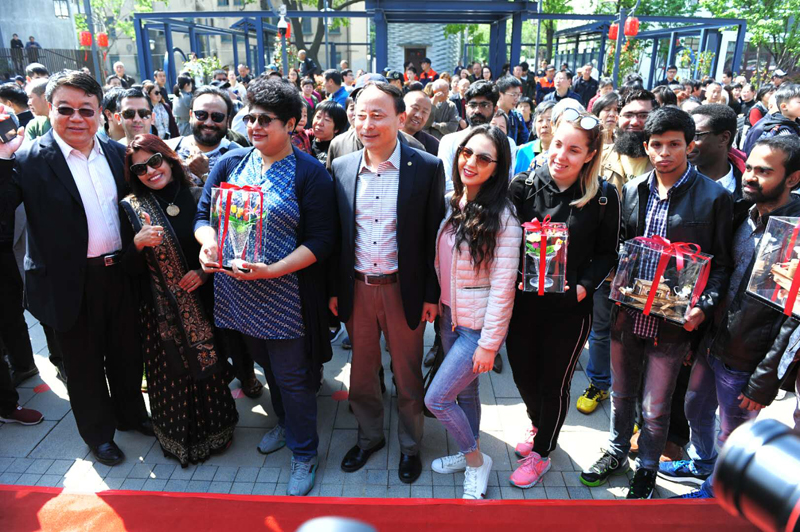
Expats living in Wuxi get handmade silk souvenirs. [Photo by Xiao Da/chinadaily.com.cn]
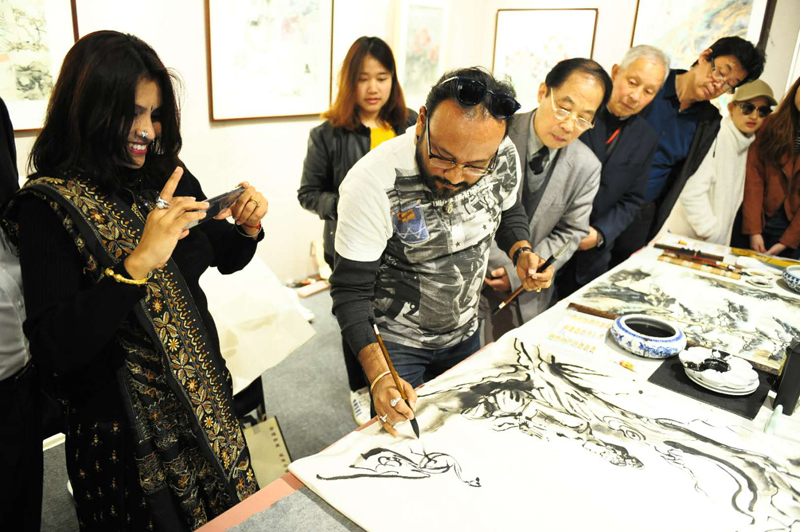
Goumat, a man from India, uses a Chinese writing brush to create a Buddha-themed ink sketch. [Photo by Xiao Da/chinadaily.com.cn]
They also took part in several traditional activities, such as playing the guzheng (Chinese zither), practicing tai chi, watching qipao shows, and writing Chinese calligraphy with brushes.
Goumat, an Indian art teacher who now works at Wuxi No 1 High School, impressed spectators with his skill with the brush and wowed them with a seven-minute quick ink sketch of the Buddha.
They were also invited to a local dragon dance competition, a highlight of the sanyuesan celebrations. The dragon, with a history of over 8,000 years, is an auspicious symbol within Chinese culture and represents a desire for peace, fortune and good luck.
Hayford, a man from Ghana, said he enjoyed the day very much, specifically the deep immersion into Chinese culture and the various cultural performances. He particularly enjoyed the tai chi exercises, due to their slow and relaxing movements.
"I just found tai chi really relaxing, and I love China and its traditional culture," Hayford said.
